Supporting Research
LGBTQ+ Students’ Struggles Hidden Behind National Averages
A positive reception from a welcoming and confirming community is a vital part of crafting and accepting one’s identity. If members of underserved communities can find support and encouragement in the circles in which they interact, higher levels of self-esteem and happiness in members of these communities can be observed.¹ Conversely, if we are unable to focus on and provide support to underrepresented groups, such as students who identify as Lesbian, Gay, Bisexual, Transgender, Queer, or Questioning (LGBTQ+), this could lead to long-lasting issues such as depression and anxiety.²
This research seeks to uncover trends in high school students who identify as LGBTQ+ regarding their emotional, physical, and mental wellness from 2015 and 2017.
Data represented was analyzed from the Youth Risk Behavior Surveillance System (YRBSS).³ The YRBSS is a national survey conducted by the Center for Disease Control (CDC) every two years, developed in the early ’90s to help monitor health behaviors and trends among 9th through 12th-grade students. Although the CDC has collected hundreds of thousands of entries of data over the past three decades, the survey did not start collecting data on Sexual Orientation, which the study references as sexual identity, until 2015 (fig. 1). They have yet to include specific questions regarding gender identity, gender expression, sexual attraction, romantic preference, or provide non-binary options.
Figure. 1. The YRBSS did not start collecting information on “Sexual Identity” until 2015.
The percentages may seem low, and the viewer of this research could question the statistical significance of the trends reported. There are, however, a few caveats to this train of thought. We can make a strong assumption that not all students who, or will, identify as a sexual minority self-reported on the survey. Additionally, this speaks to one of the problems for these potentially at-risk students. If we continue to de-emphasize their experiences, it could lead to more significant negative numbers. After all, these are not just percentages; they are young adults who need help and support from their community and beyond.
“I’m only 15 and I’m closeted still. Fuck, I hate my life. I want to come out, but I’m so completely hopeless. I really wish I had schizophrenia again now, at least with that I felt happy, even though it was all the side effects of mental disease. I’m at this point, I don’t wanna feel anything anymore.”
According to psychologist Erik Erikson, “adolescences go through a crisis of identity versus identity confusion.” During this period of psychological development, there is a “struggle to find a balance between developing a unique, individual identity while still being accepted and fitting in.”⁴ Young adults going through this period must determine who they want to be, and how they want to be perceived by others — which can be encouraged by hearing and seeing stories of those who have gone through similar experiences.
Students are juggling their studies, extra-curricular, sports, jobs, family, and more, all while understanding their self-identity and -realization. This concept of understanding is often more complicated for members of the queer community who might be still navigating their identity, which could be different from experiences or peers that have been around.⁵
“It was a struggle, I had a hard time figuring out who I was. I haven’t really been around people who have had the same experiences as I have, and if I have, they are just as troubled as me.”
When comparing feelings of sadness and hopelessness of heterosexual students and students who reported as a sexual minority, it is clear to see the disparity between the two groups. Within the same two years span, the report of LGBTQ+ students’ sadness and hopelessness (fig. 2) increased by over 20%, while heterosexual students saw a decrease of 7% and over a 25% decrease since 2011. The increase may seem irrelevant as there have been high and low points within the numbers collected for heterosexual students. However, the highest recorded spike in 2013 was 12% — and the growth from 2001 to 2013 is only 13%.
Although there is not enough historical data to establish a projection for sexual minority students, with an increase over double of that historically and with the current negative actions towards members of the LGBT community, we can hypothesize that this number will continue to grow.⁶
Figure 2. Feelings of Sadness and Hopeless has decreased by 25% since 2011 for Heterosexual students, increased by 23% for students of sexual minorities.
Being out as an adult is linked with positive psychosocial and developmental outcomes for young adults. However, there often has to be a feeling of comfort and safety for students to be open with their peers.⁷ Students who are thought to be LGBTQ+ could see an increased risk of being bullied. Since there are no laws in place to protect bullying outside of protected classes (religion, sex, gender, race), incidents are often not reported, and enforcing any regulations in the digital landscape is extremely difficult.
The study shows that students who are LGBTQ+ are being bullied on school property and digitally at higher rates than their heterosexual peers (fig 3). Over 50% of the total number of LGBTQ+ students reported were bullied in 2017, while only 30% of heterosexual students experienced bullying.
Students unable to turn to social groups to help tell and create their own story — due to fear of retaliation and bullying, feelings of sadness or unhappiness, or even suicide — turn to the internet to find similar stories to theirs. Over 62% of sexual minority young adults connected with other LGBTQIA+ individuals in a year prior. There is a higher likelihood of looking online for information regarding their sexuality than heterosexual students.⁸
We must do more than just monitor the situation, or sit back and keep track of the numbers to ensure they do not increase even more substantially. We must be proactive with the right approach. Numbers representing non-sexual minorities are improving, since this is a more prominent percentage, LGBTQ+ students are lost in the shadows.
Regardless if identifying as LGBTQ+ or as an Ally, we must share our stories with others. We must discover, create, and share resources that help foster a positive narrative for the queer community. We must continue to uncover the numbers hidden behind the averages by pushing for more inclusive and focused nationwide surveys. Most importantly, we must fight for laws and regulations that change how we support and educate our young adults who are still navigating their identities.
Ways to get involved
Inclusive Queer Media
Here’s what was shared from the queer community when asked for examples of inclusive, realistic, and holistic depictions of queer individuals in media. Have something to add? Complete the anonymous survey.

TV

Film

Film
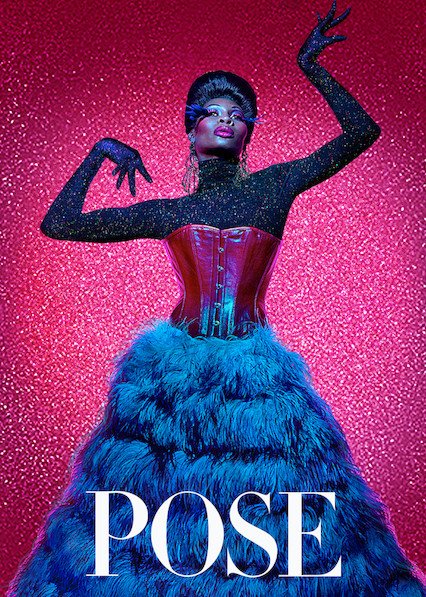
TV

TV

Book

Book

TV
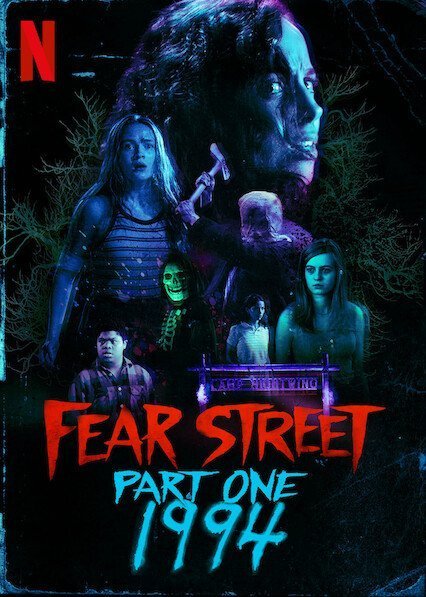
Film
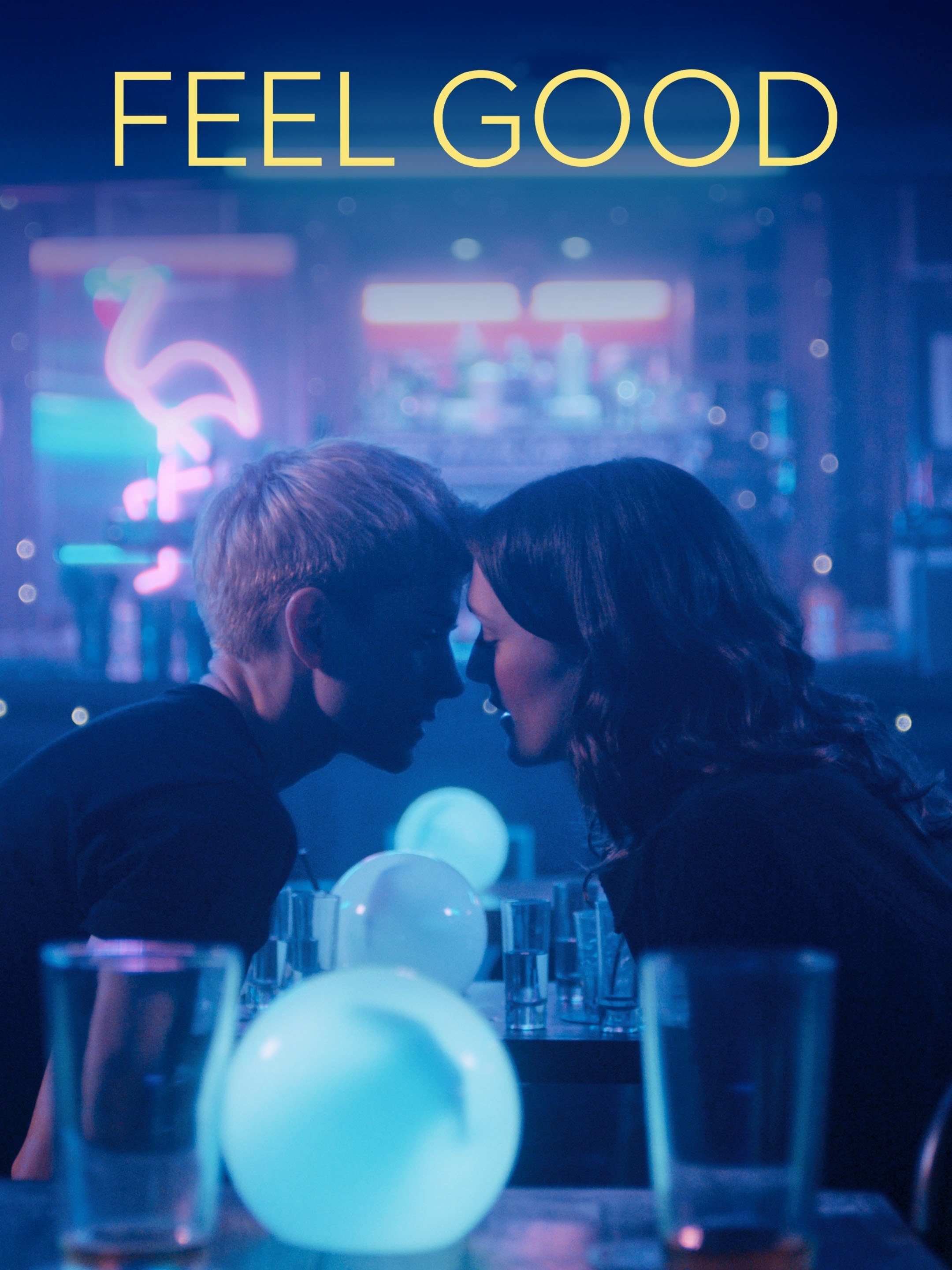
TV

TV

Book

Film
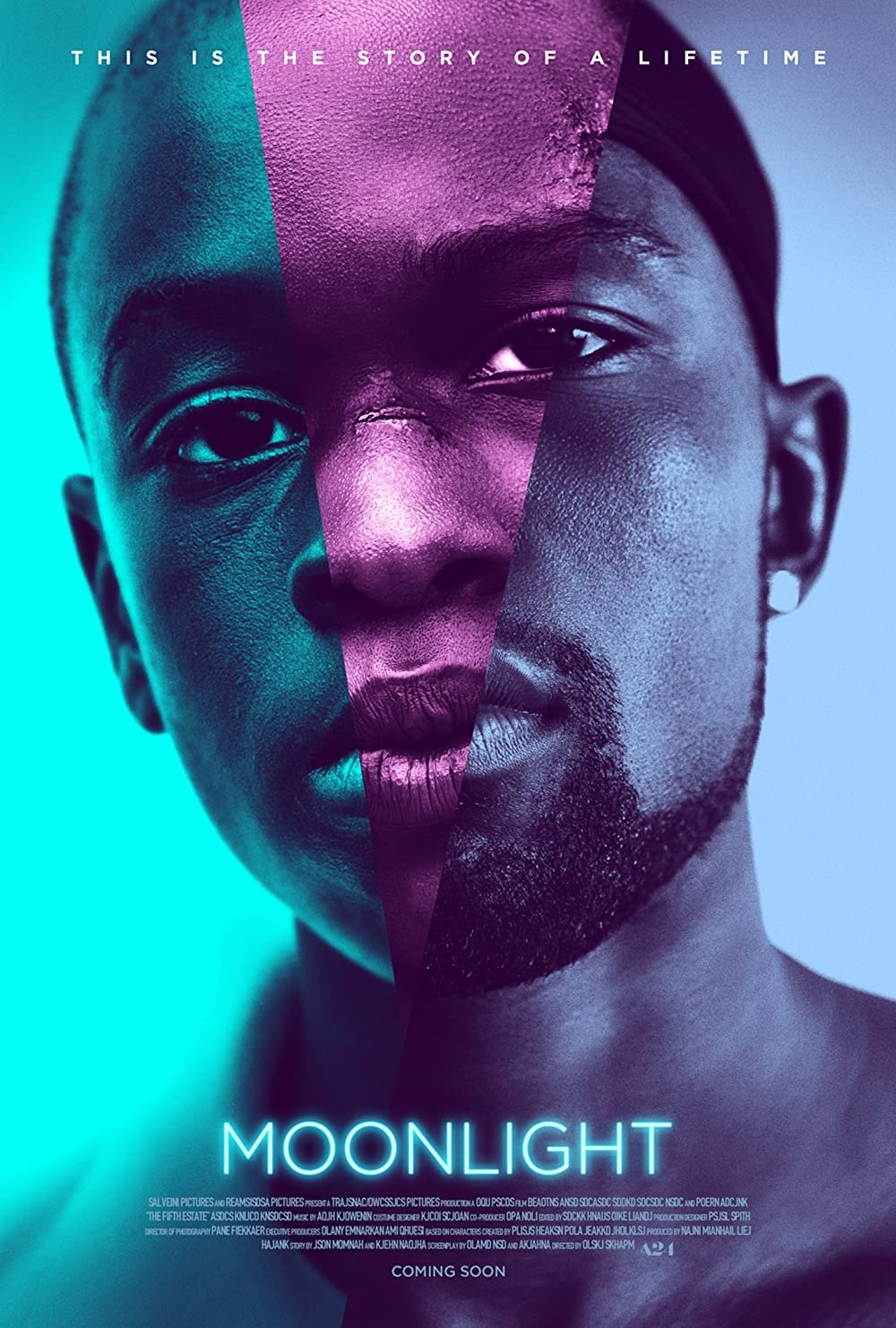
Film

Book
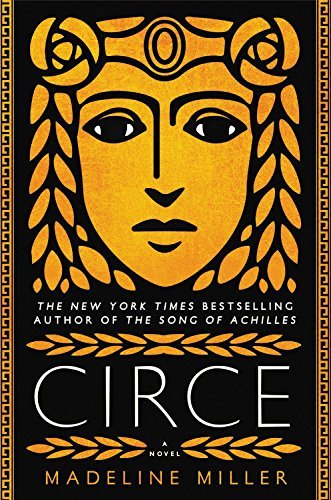
Book

Book
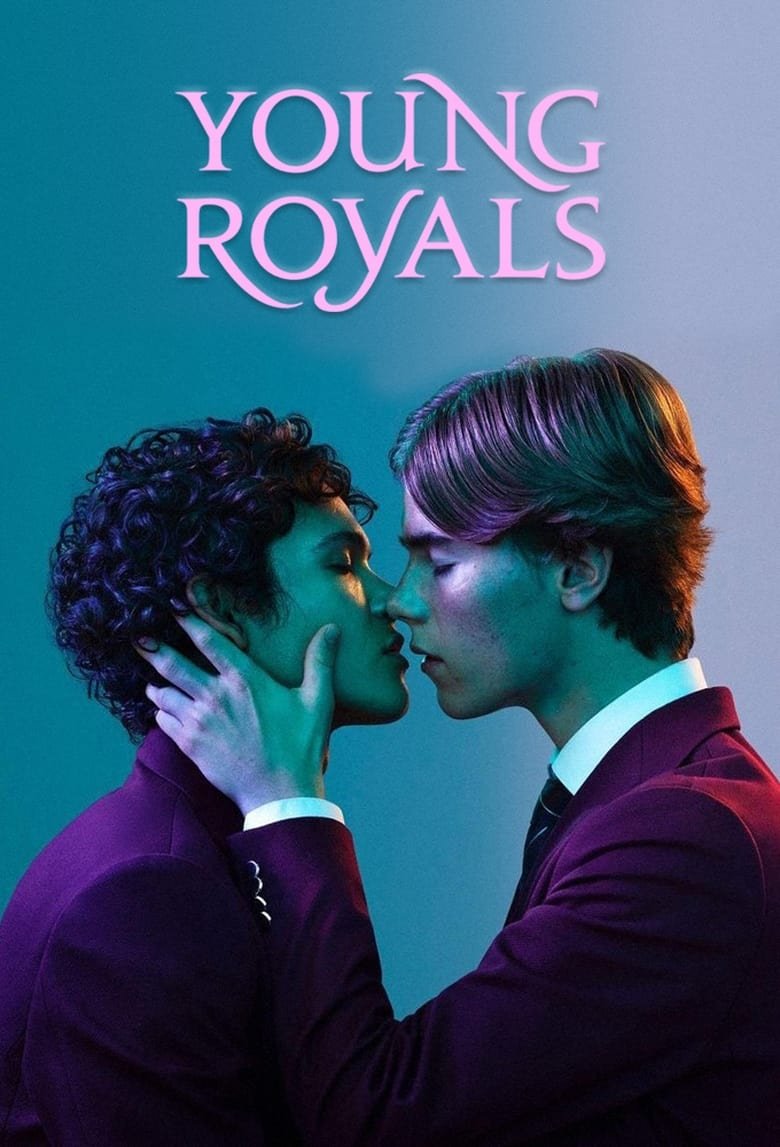
TV

TV

TV

TV
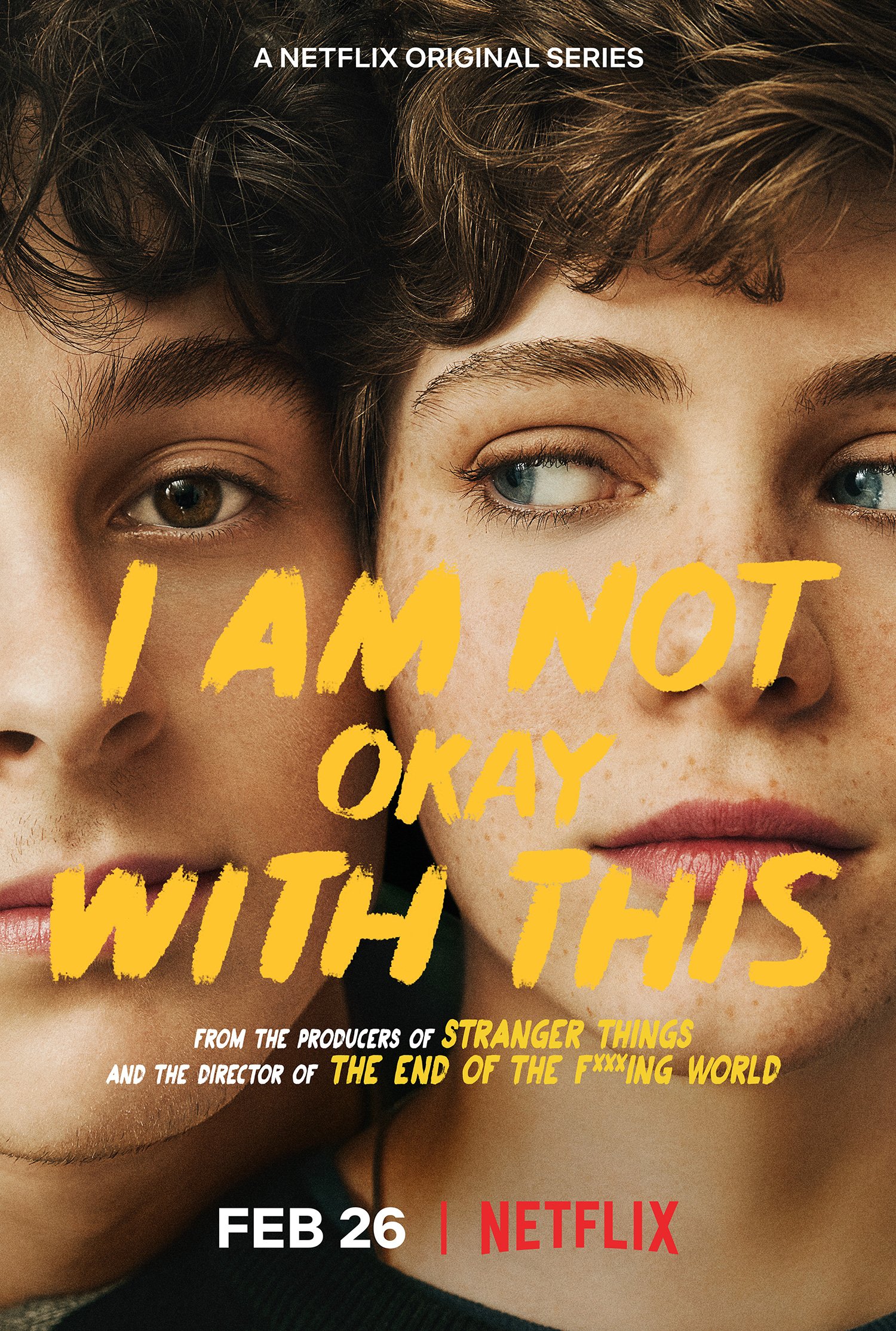
Film
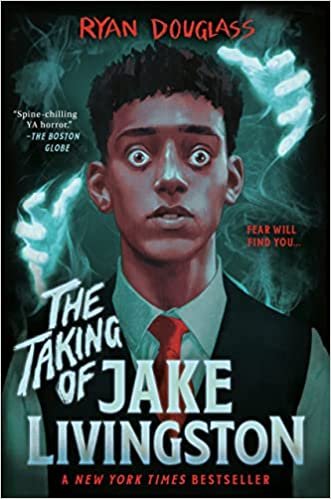
Book
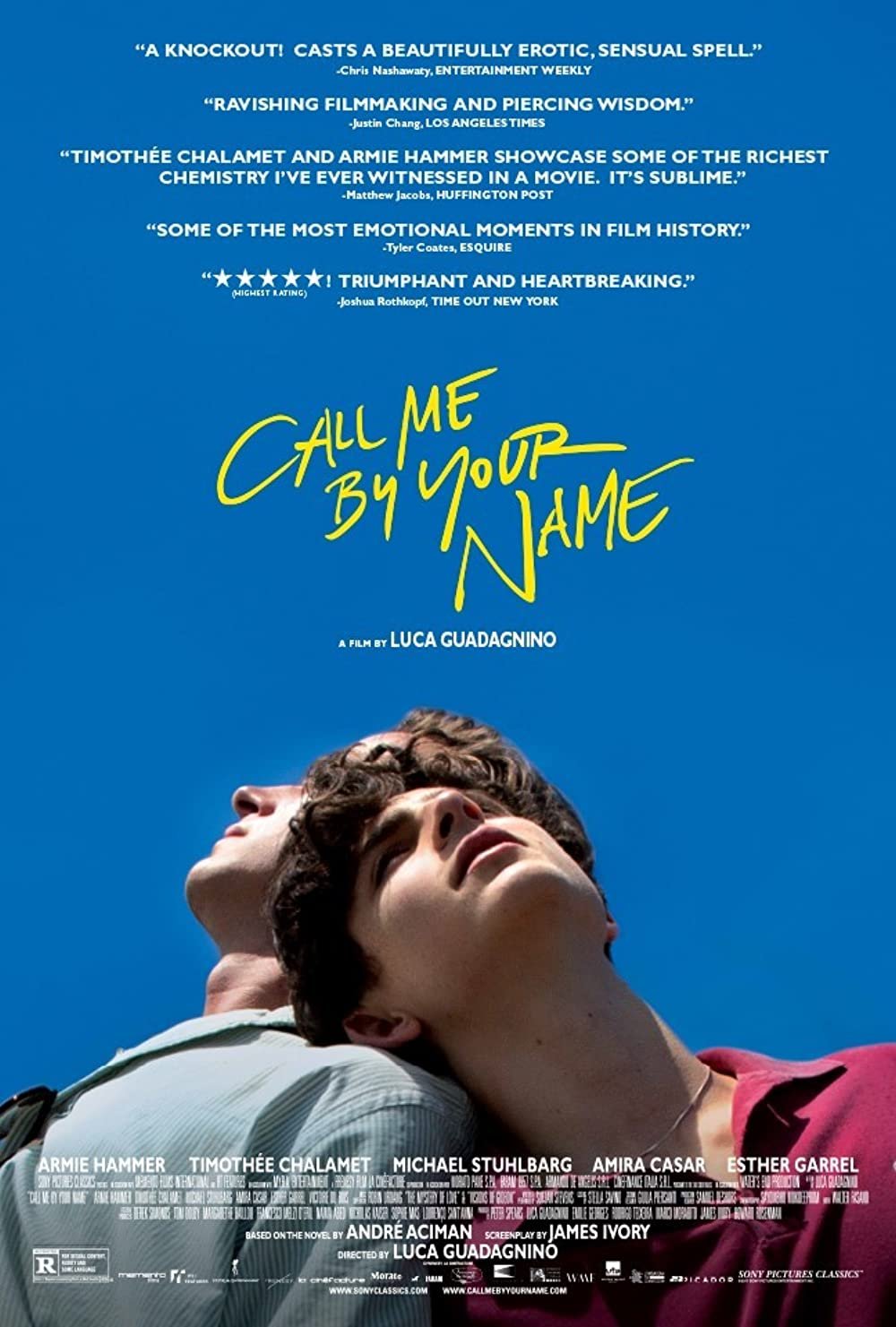
Film

Film

TV

Book
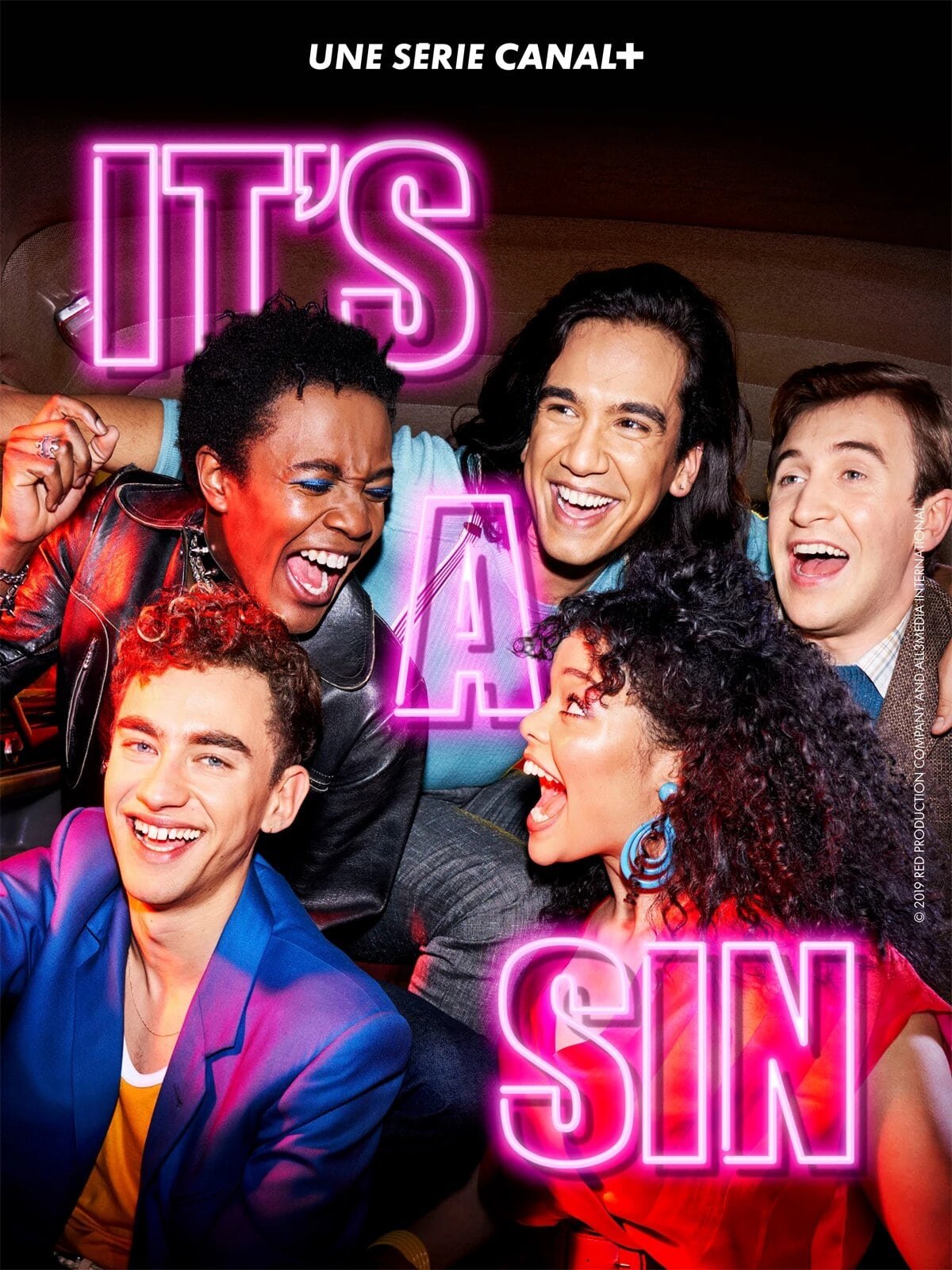
TV
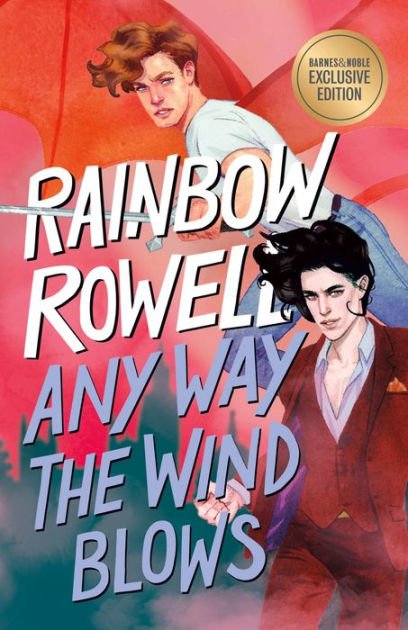
Book
What People Are Saying
See what survey respondents have to say about realistic queer representation in media.
“Lately, I've been consuming more animation-based queer content because it connects to me so deeply that children now can have the words for how they feel and identify.”
— Anonymous Survey
“Lately, I've been consuming more animation-based queer content because it connects to me so deeply that children now can have the words for how they feel and identify.”
— Anonymous Survey
“Once in a great while, something written and directed by a queer person will breakthrough because it’s actually good.”
— Anonymous Survey
“Once in a great while, something written and directed by a queer person will breakthrough because it’s actually good.”
— Anonymous Survey
“It’s kind of hard because how we are portrayed versus how we are in real life is totally different sometimes watching a movie with a gay character on there is cringing”
– Anonymous Survey
“I don’t know if I ever viewed anything that has accurately portrayed a realistic experience. I think movies and tv shows have gotten better as of recently.”
— Anonymous Survey
“I'm not sure that I look for media that is 'ruthlessly realistic' as much as media that includes me and reflects aspects of my experience even in an artificial or fantastical context. While I don't think of Pose or Legendary or Drag Race or the Fear Street films or the novel Bath Haus as 'realistic', their representations and narratives are important to me as a queer person.”
— Anonymous Survey
Sources
¹Gartner, M., Kiang, L., & Supple, A. (2014). Prospective links between ethnic socialization, ethnic and American identity, and well-being among Asian-American adolescents. Journal of Youth and Adolescence, 43(10), 1715–1727.
²Stein MB, Fuetsch M, Müller N, Höfler M, Lieb R, Wittchen H. Social Anxiety Disorder and the Risk of Depression: A Prospective Community Study of Adolescents and Young Adults. Arch Gen Psychiatry. 2001;58(3):251–256.
³Centers for Disease Control and Prevention. 1990–2017. Youth Risk Behavior Survey Data. Available at: www.cdc.gov/yrbs. Accessed on April 24, 2020.
⁴Erik Erikson and Self-Identity — Child Development Theory …. https://www.gracepointwellness.org/1310-child-development-theory-adolescence-12-24/article/41163-erik-erikson-and-self-identity
⁵Almeida, J., Johnson, R.M., Corliss, H.L. et al. Emotional Distress Among LGBT Youth: The Influence of Perceived Discrimination Based on Sexual Orientation. J Youth Adolescence 38, 1001–1014 (2009).
⁶American Civil Liberties Union. (n.d.). Legislation Affecting LGBT Rights Across the Country. Retrieved April 29, 2020, from https://www.aclu.org/legislation-affecting-lgbt-rights-across-country
⁷Russell, Stephen & Toomey, Russell & Ryan, Caitlin & Diaz, Rafael. (2014). Being Out at School: The Implications for School Victimization and Young Adult Adjustment. The American journal of orthopsychiatry. 84. 635–43. 10.1037/ort0000037.
⁸GLSEN CiPHR & CCRC. (2013). Out online. The experiences of lesbian, gay, bisexual and transgender youth on the Internet. New York, NY: GLSEN. https://www.glsen.org/sites/default/files/Out%20Online%20FINAL.pdf.


